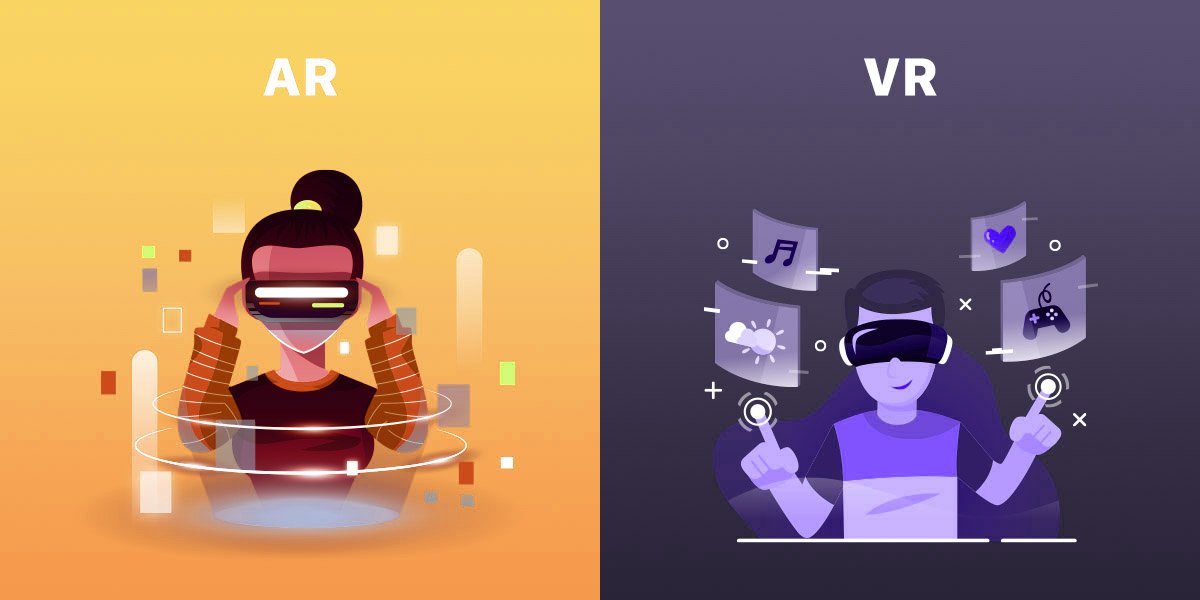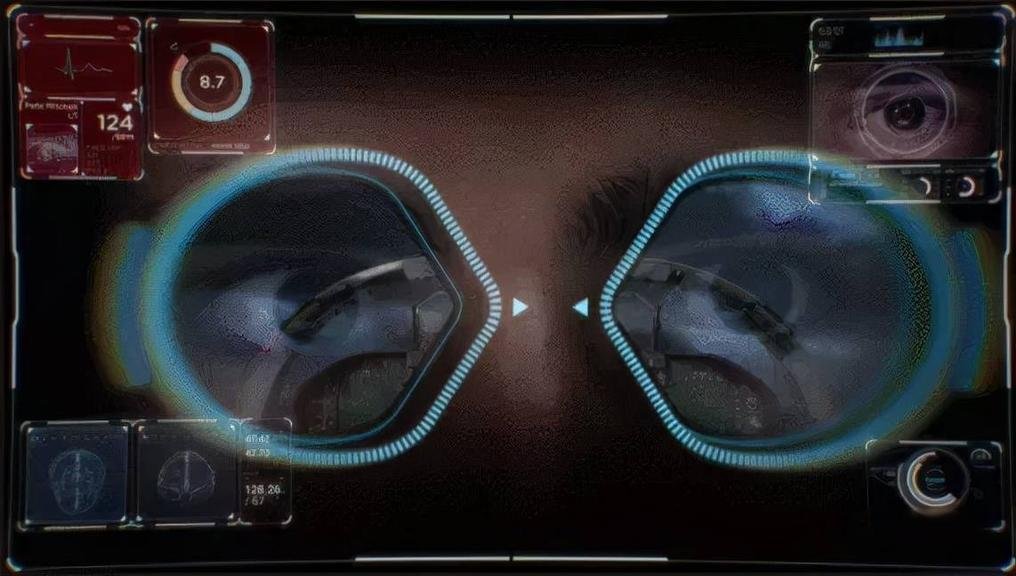Board Lenses for AR VR
Virtual Reality (VR) is a computer-generated simulation of an immersive, three-dimensional environment that users can interact with in a seemingly real or physical way. VR technology typically involves the use of specialized headsets or goggles equipped with displays and motion-tracking sensors to create a sense of presence and immersion for the user.
Camera lenses are commonly used in virtual reality (VR) systems, particularly in VR headsets and cameras. These lenses are chosen for their compact size, which is essential for the sleek and lightweight design of VR devices.
Camera lenses find various applications in virtual reality (VR) technology, contributing to both the creation and consumption aspects of VR experiences:

VR Cameras
Camera lenses are commonly used in VR cameras to capture high-quality, immersive footage for virtual reality content. These lenses help in providing wide-angle views, low distortion, and high resolution, which are essential for creating realistic VR environments.
360-Degree Video Recording
fisheye lenses are integral components of 360-degree cameras used for recording immersive videos for VR. By capturing a full spherical view, these lenses enable users to experience environments from any angle, enhancing immersion in VR content.

VR Headsets
Camera lenses are utilized in VR headsets to display virtual environments to users. These lenses help in providing a wide field of view, which enhances the sense of presence and immersion in VR applications. Additionally, Camera lenses with low distortion ensure that the visuals appear natural and comfortable to the user.
Augmented Reality (AR) Headsets
In AR applications where virtual elements are overlaid onto the real world, Camera lenses may be used in AR headsets to provide users with clear and accurate views of both virtual and real environments. These lenses contribute to the optical system of AR displays, ensuring that virtual objects are seamlessly integrated into the user’s field of view.
Depth Sensing and 3D Scanning
Low distortion lenses can be paired with depth-sensing technologies such as LiDAR or structured light sensors to create 3D models of real-world environments. These applications are used in VR for creating realistic virtual scenes or for immersive telepresence experiences.
Eye Tracking
Some advanced VR systems incorporate eye-tracking technology, which enables more natural interactions and adaptive rendering based on the user’s gaze. M2-M8 lenses may be integrated into eye-tracking modules within VR headsets to accurately capture the user’s eye movements.

Overall, M12 lenses play a crucial role in various aspects of virtual reality, including content creation, display, interaction, and immersion, contributing to the overall quality and realism of VR experiences.

